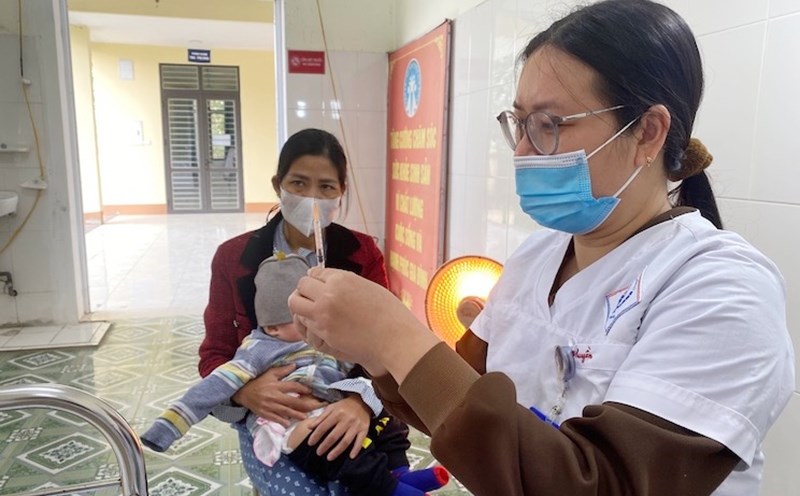Commune Health Station may become a "minorized hospital"
According to the proposal of the Ministry of Health, included in the draft circular guiding the functions and tasks of commune and ward health stations, which is being consulted until May 28, commune health stations are allowed to perform techniques, procedures, surgery, testing, diagnostic imaging, and operate as a miniature hospital.
Commune and ward health stations are under the comprehensive management of the People's Committees at the commune level and under the professional management of the health department.
According to the draft, the station has the function of providing professional and technical services on primary health care, including: Preventive medicine, medical examination, treatment, rehabilitation, reproductive health, food safety, population, social protection, prevention and control of social evils...
In terms of expertise, commune health stations are assigned many new tasks and powers such as performing techniques, procedures, surgery and transferring patients to medical examination and treatment facilities. This place can be used for tests, imaging diagnosis and functional exploration... Previously, these techniques were mostly performed at district-level medical facilities.
In the immediate future, it is expected that old health stations will be arranged as "stations"
In the context of administrative unit arrangement, it is expected that the Commune Health Station model will have many changes. Accordingly, the Government issued Resolution No. 125/NQ-CP, approving the dossier of the Project on the arrangement of provincial-level administrative units in 2025 submitted by the Ministry of Home Affairs.
At the same time, Resolution No. 126/NQ-CP was issued approving 34 dossiers of the Project on the arrangement of commune-level administrative units in 2025 submitted by the Ministry of Home Affairs.
According to the Ministry of Home Affairs' submission, after implementing the arrangement of commune-level administrative units in 2025 of 34 provincial-level administrative units (after arrangement and merger of provincial-level administrative units), the whole country still has 3,321 commune-level administrative units, including 2,636 communes, 672 wards and 13 special zones.
Notably, with the abandonment of the district level, reducing 6,714 communal administrative units compared to before arranging, the organization of public non -business units under the current People's Committee of the district to transfer and establish a new public non -business unit under the commune People's Committee after arranging in accordance with the Government's regulations and the guidance of industry management ministries and fields.
For the health sector, the plan to organize public service units is expected to be implemented as follows:
Maintain existing commune and ward health stations to meet the requirements of medical examination, treatment and health care for local people.
Based on the area and population size of the new commune -level administrative unit, it is possible to reorganize into a public non -business unit under the People's Committee of the commune, but in the immediate future, the old health stations are arranged to make "station points" for medical examination and treatment and people's health care in the area of administrative units at the commune level (former).
For Medical Centers, General Hospitals under the People's Committees at the district level are currently expected to be transferred to the Department of Health for management to arrange and organize service provision according to the area (commune, ward).
The organization of public service units providing other public service services in the commune-level administrative units after the arrangement shall be implemented according to the instructions of competent authorities.
In April 2025, Minister of Health Dao Hong Lan signed and issued guidelines for the orientation of arranging and reorganizing medical facilities at all levels' administrative units, implementing the two-level local government organization model.
Accordingly, the existing regional polyclinics and commune/ward/etown health stations will still be maintained, kept intact and transferred to the People's Committees at the grassroots level (communes, new wards) for management. Ensure that each new commune and ward after the arrangement has at least one health station.











